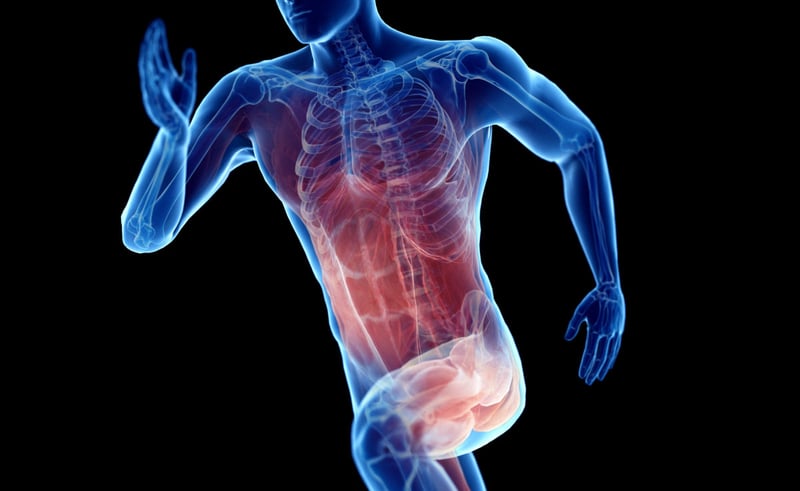
Pontillo M., Milic-Strkalj I., & Sennett B. Prediction of Trunk Injuries from Core Stability Testing in Collegiate Athletes. J Orthop Sports Phys Ther 2020;50(1):CSM30–CSM80. DOI:10.2519/jospt.2020.50.1.CSM30
Presented at the American Physical Therapy Association Combined Sections Meeting (APTA CSM) 2020 and American Academy of Sports Physical Therapy Team Concept Conference (SPTS TCC) 2019.
Upper Extremity Sway Test (Plank Scan) showed difference between healthy and trunk-injured individuals
The Plank Scan can be utilized to identify individuals at greater risk of trunk injury
(Population: 494 Division I varsity athletes.)
The questions covered:
Can variables obtained from core stability testing be used to identify collegiate athletes who will later sustain a trunk injury?
Background: Although the importance of core stability is often theorized to improve performance and reduce injury risk for both the spine and the extremities, there is currently very little evidence supporting if any clinical tests of core stability can predict trunk injuries. The limited evidence which exists focuses on particular sports, and only uses tests which focus on the muscle capacity aspect of core stability. The purpose of this study was to assess if variables obtained from core stability testing could be used to identify collegiate athletes who will later sustain a trunk injury.
Methods: 494 Division I varsity athletes were included in the study. Core stability testing consisted of a single arm plank position, performed blindfolded, for 3, 20 second trials for each upper extremity, on force plate system connected to a dedicated computer with commercially available software. Center of pressure data was quantified by velocity and frequency of motion and converted to a T score, with a higher T score indicating better stability (decreased sway). Data was average across the three trials for each extremity. 18 trunk injuries were identified. Injuries were considered for the study if they occurred no more than 180 days after testing, were non-traumatic in nature, and affected the lumbar spine, abdominal, or thoracic spine structures. Mann-Whitney U was used to assess if differences existed between groups. Binary logistic regression was used to see if the force plate variables could be used to predict injury. P was set to 0.10.
Results: Means (SDs) for the uninjured group were 43.7(10.6) and 43.5 (10.7) for left/right respectively; for the injured group, 36.9(8.7) and 40.7(7.3). Mann Whitney U showed significant differences between the trunk injury and healthy groups for both the left and right side (P<0.01 and P=0.07, respectively). Both extremity variables, when entered into the regression equation, show the ability to predict injury (c2=10.8; P<0.01).
Conclusion: Athletes who later sustained an abdominal, thoracic spine, or lumbar spine injury demonstrated poor core stability versus the uninjured cohort. The injured group also appeared to have greater asymmetry in core stability versus the injured group. The blindfolded, single arm plank position is adequately challenging to assess core stability in athletes, and can predict trunk injuries in the collegiate athlete population.
Dr. Marisa Pontillo reviews her most recent publications utilizing Sparta Science’s system to show the association between Sparta’s metrics and injury risk in collegiate athletes.